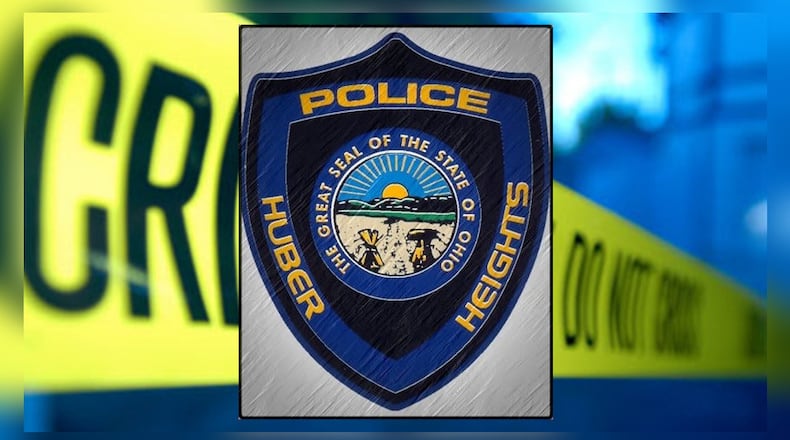Another hour passed before an officer was reassigned to the call, after the Good Samaritan called 911 twice again. The man was later taken to the hospital by family members after police found him.
» Golf carts will be allowed on Huber Heights streets later this month
The finished investigation shines little light on why the officer first assigned to the call could not find the Good Samaritan and the man with dementia, whether he exited his patrol car to search for the men, or if he asked 911 dispatch to call the trucker back to inquire about their location. Nor does the report reveal why, after the officer left and the Good Samaritan called back a fourth time, it took 35 minutes before another officer was reassigned.
Chief Mark Lightner said he is “satisfied with the outcome” of the internal investigation into the June 27 incident.
“We recognized and identified a breakdown in communication, which caused a delayed response to a call for service,” Lightner said in a statement. “A full and complete internal investigation was conducted, resulting in corrective measures being taken. As the chief of police, I have complete and total confidence in the abilities of the personnel in the communications center and I am confident this is an isolated incident.”
In an interview, Lightner told the Dayton Daily News he was “satisfied with the effort and response” of the officer who could not find the caller and subject, but did not address whether the officer left his car to search for the men.
“The extent I’m going to go into this with you is what you’ve received in the internal” affairs investigation report, Lightner told the newspaper. The newspaper has requested any vehicle dash camera and body camera footage from the call.
LISTEN: Huber resident made five 911 calls seeking help for elderly man
The probe cleared two other dispatchers. No police officers were subject to the investigation, though an officer was interviewed.
“I drove (through) the lot and didn’t see the subject…” the initial police officer said during the internal affairs interview. “… since I didn’t see the subject, I cleared the call. I did see a lot of cars and a semi but not the described subject.”
While on scene, the officer asked one of the dispatchers whether a customer or employee called 911. The dispatcher replied “customer,” according to the internal report, even though the truck driver who called was delivering fuel to the station.
While the officer said he did not see the caller, the caller told dispatch he saw police cars.
» What could a ‘blue wave’ mean for Steve Chabot and Mike Turner?
"I've seen two cop cars pass and neither one stopped," said the Good Samaritan in his fourth 911 call, at 10:30 a.m. The caller then gave additional information, telling dispatch he and the man with dementia were at a picnic table behind the tanker truck.
Twenty-three minutes later, at 10:53 a.m., the Good Samaritan — late to his other gasoline deliveries — called 911 for the fifth time and said he “waited there for over two hours and not one cop showed up, so if he gets hurt or something else, it’s on you guys.”
At 11:05 a.m., another officer was assigned and arrived back on scene and transported the man to his residence before calling for medical assistance. One of the man’s relatives then transported him to Soin Medical Center for observation, police said.
A News Center 7 examination in May found merely calling 911 and giving a location is no guarantee police will find the caller.
The station’s I-Team explored two cases — one in Dayton, another in Cincinnati — where dying individuals could not be found by police. The first call, in September, came from a 71-year-old man who told the Montgomery County Regional Dispatch Center he was in an alley across from the Community Blood Center on South Main Street.
Dayton Police responded to that location but the man, Charles Romine, was not there. A search of the surrounding area turned up no trace of him and efforts to reach him by phone were unsuccessful. Romine’s body was found two days later along the banks of Wolf Creek, several miles away from the initial search location.
In April, 16-year-old Kyle Plush suffocated in a van in his school’s parking lot in Cincinnati after twice calling 911 using the Siri feature on his iPhone. Police were unable to find the teen, even though they drove through the school’s parking lot several times. The responding officers did not get out of their car when they searched the parking lots at the school, the city’s police chief said.
Kyle’s father, Ron Plush, found the van with his son’s body inside later that evening.
More local coverage:
» Ohio congressman wants to legalize marijuana across U.S.
» These Dayton-area suburbs saw the largest population gains
» Little changes after Ohio State Fair ride killed one, injured seven
About the Author
